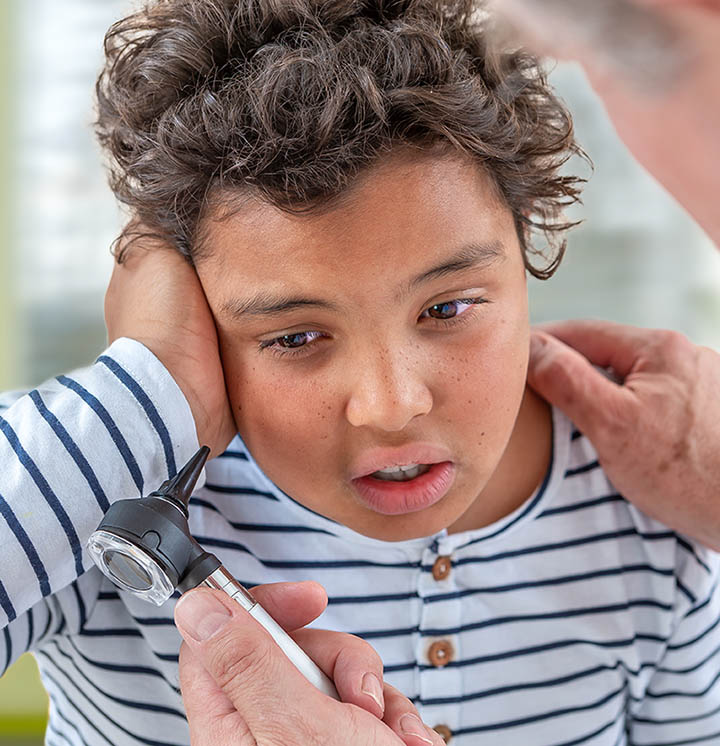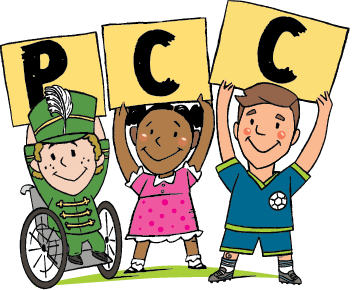Home » Common Childhood Illness FAQs » Earaches
What You Should Know
Earache FAQs

Earaches are a regular and unfortunate part of childhood. Sometimes earaches in children can be a side effect of congestion from a cold or the flu.
However, if an earache persists or there is also fever, it might be time to have the ears checked for an infection. The doctor can look into the middle ear to see if there’s fluid or infection.
Inner ear infections can be quite painful for young children. Often you need to treat the symptoms and get an antibiotic for the infection.
Before you can go about treating earaches in kids, you must know children’s earache symptoms. Earaches in infants and toddlers can be difficult to diagnose, though, as they are unable to verbalize what is causing them pain. If you know the earache symptoms in children, you will be better prepared to recognize whether your child’s discomfort is caused by an ear infection or another ailment.
It’s not easy to determine children’s earache symptoms when they can’t talk to you, but earaches in children are common and there are clear signs that you can see in infants.
- Tugging at the ear
- Drainage from the ear
- Crying while lying down
- Abnormal sleeping patterns
- Fever
- Irritability and restlessness
- Unable to eat or reduced appetite
Earaches in toddlers and older children will have the same symptoms as infants but they may be able to communicate more about how they feel, including:
- Pain in the ear
- Muffled hearing
- Nausea
When your child is in pain, your top priority will be to bring your kid relief. Despite earaches in kids being common, you’ll want to contact your pediatrician for proper diagnosis and treatment. A combination of prescription medications, over-the-counter drugs, and home remedies are used for treating earaches in children. This may include antibiotics to fight an infection, acetaminophen to bring down the fever, a warm compress to relieve pain, and plenty of fluids to keep your child hydrated and encourage swallowing, which will help drain the middle ear of fluids.
Treating earaches in infants can be more difficult, as certain prescription medications are not recommended for children of that age. Infants can still get relief, so it’s important to talk to your pediatrician when treating earaches in infants.
While you may hear “earache” and “ear infection” being used interchangeably, there is a difference between the two terms. They both describe issues that cause discomfort in the ear, but ear infections are caused by bacterial and viral infections. Earaches have many causes and may turn into an ear infection if not treated, but they are not necessarily infections at the outset. Despite the differences in terminology, if your child is experiencing pain in the ear, it’s important to contact your pediatrician to diagnose a cause and to take steps to prevent the pain from getting worse.
Causes of Earaches:
- Ear infection (viral or bacterial)
- Foreign object in ear canal
- Swimmer’s ear
- Ear wax buildup
- Abscess/pimple in ear canal
- Injury (often due to foreign object like cotton swab)
- Air pressure changes (often due to airplane travel or during mountain driving)
- Referred pain (other issues in the teeth, jaw, and tonsils may cause pain in the ears)
Bacterial ear infections are usually treatable with an antibiotic. Viral ear infections should clear when the virus clears, but to relieve discomfort and reduce swelling, the pediatrician may be able to provide over-the-counter pain medication.
Causes of an Ear Infection:
- Ear infection (viral or bacterial)
- Foreign object in ear canal
- Swimmer’s ear
- Ear wax buildup
- Abscess/pimple in ear canal
- Injury (often due to foreign object like cotton swab)
- Air pressure changes (often due to airplane travel or during mountain driving)
- Referred pain (other issues in the teeth, jaw, and tonsils may cause pain in the ears)
If an injury to the eardrum is present, especially if blood is draining from the ear from a possible ruptured eardrum, it is important to seek emergency medical attention right away.





